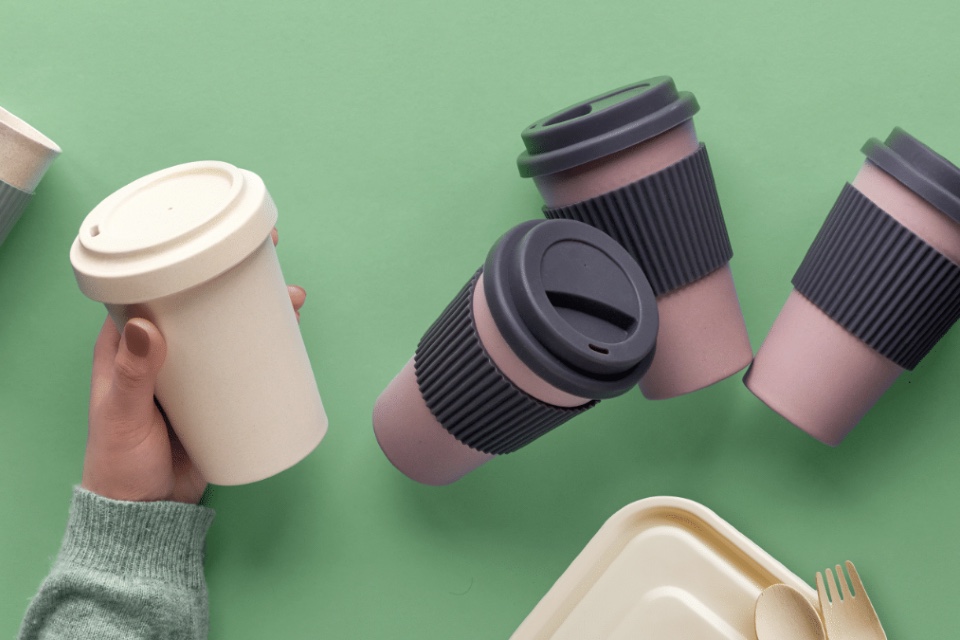By Jo Bradley, Business Development Manager at Packaging by Quadient – formerly Neopost
Online fulfilment is facing a new reality; one of frequent and dramatic spikes in demand and this is causing retailers significant challenges in the packing area. How can ecommerce businesses successfully hit these extreme peaks when labour resources are becoming increasingly scarce?
These peaks stress test the whole fulfilment and delivery process and nowhere is this more acutely felt than in the packing area. Constructing boxes, packing, weighing, sealing and labelling manually is a slow process, and few shippers have either the physical space or the available labour to create additional packing stations for what may be only a few days’ work. Finding a flexible labour force, available at short notice, is also becoming increasingly difficult as a result of Brexit. So, how will online retailers cope with the new reality of frequent and dramatic spikes in demand?
The case for greater use of automation in the packing area is compelling. However, simple size-constrained machines using only one-size of box does not cater for the wide variety of products and order sizes experienced by most online retailers. If demand for smaller items to be packed exceeds the capacity of the relevant machine, the shipper has no option but to move up a box size, or two, or three.
Waste not…
The consequences are not good. It is understood that 60% of ecommerce deliveries are by volume at least a quarter composed of bubble-wrap, airbags, paper void fill or just fresh air. Much of the dunnage is essentially non-recyclable, but without it the damage rate for small items slamming about in large boxes, already high, becomes unacceptable to consumers and creates an ever-bigger returns problem. It has been estimated that an ecommerce item can go through around 50 touch points, or opportunities for damage, compared with around 10 for a bricks & mortar sale.
What can be done?
The case for a fast, efficient, economical and secure means of automating the packaging and labelling of online orders is convincing – but how can it be done? Can boxes be individually made to the exact size required for each order, secured, weighed and labelled automatically at speeds capable of efficiently and cost-effectively matching peak volumes? Effectively, could a machine flex to demand, even at volumes of up to a thousand packages an hour? The answer is yes.
Packaging by Quadient – formerly Neopost – has introduced the CVP Everest, a high velocity fit-to-size ‘auto-boxing’ system capable of tailor-making over 1100 ecommerce packages per hour.
The system scans and measures the item, or group of items, to be packed and calculates the ‘best fit’ box shape and size. Material for the box and lid is cut and creased to size, erected around the item(s) and the lid glue-sealed – which is faster and more recyclable than using tape. Parcels are weighed, labelled and away.
This approach addresses the waste problem – cardboard usage typically cut by 20%, and a tight fit eliminates the need for void fill. Total package volumes can be reduced by 50%, maximising the use of the truck or trailer cube and reducing shipping costs and environmental impacts.
More cogently for the hard-pressed fulfilment centre manager, at packing rates in excess of 1,100 per hour the latest machine can potentially replace on average up to 20 manual packing stations. And for businesses with mid-market volumes a similar machine, the CVP Impack, produces up to 500 boxes per hour and offers just about all the benefits of the CVP Everest.
The business case is impressive. Even operating ‘off-peak’ at well below capacity there is a rapid Return On Investment in the form of material savings, lower shipping costs and labour economies – labour that could be redeployed to other tasks, such as picking. But it is at peak times that the CVP Everest and CVP Impack systems really come into their own, ramping up throughput without any corresponding increase in labour, and minimising the burden on despatch and delivery operations.
By choosing an automated solution to ‘right-size’ ecommerce deliveries, retailers can meet their fulfilment promises, even in the peaks, while respecting the environment, reducing transit damage, and saving money.







